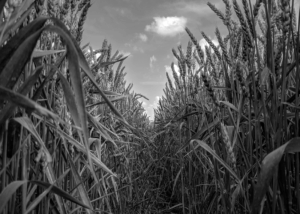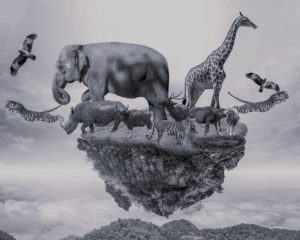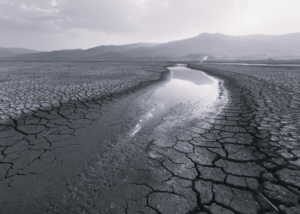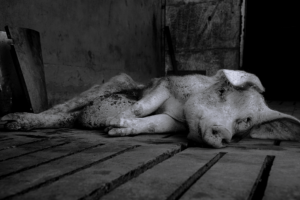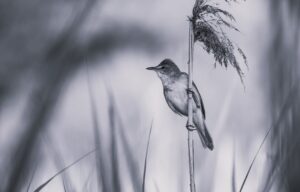The Colorado River and the Rio Grande are running dry. The nation’s 2 largest reservoirs, Lake Powell and Lake Mead, are at historic lows. The major U.S. aquifers are being depleted at alarming rates. Nationally, of every 100 gallons of freshwater we consume for all products, services and life support, almost 80 gallons go to irrigating crops. Almost 40 gallons go to the share of crops specifically used for animal feed.
Water scarcity is both a current crisis and a long-term challenge. Complex legal frameworks that dictate water access have led to long and frustrating negotiations in and among states. Climate change will undoubtedly intensify snowpack loss and create longer dry spells. Yet no one seems to be addressing the most important question:
Is feed for livestock really where our water should be going?
The failure to even ask the question is particularly baffling since the entirety of irrigated crop production is worth less than one-half of one percent of U.S. GDP. If a household used 80% of its income to satisfy less than 1% of its needs, that would surely be called madness. And yet, our country is using almost 80% of a life-sustaining and scarce resource to generate far less than 1% of the value of all our goods and services. About half of that 80% – almost 40% of total U.S. water consumption – goes to animal feed, producing an economic return that is a rounding error in the nation’s GDP. What do we call that?
By far the number one use of water in the country – more than 20% of consumption – is for alfalfa and other types of hay fed to beef and dairy cattle. Strangely, we grow a lot of it in the most water-stressed areas of the country. 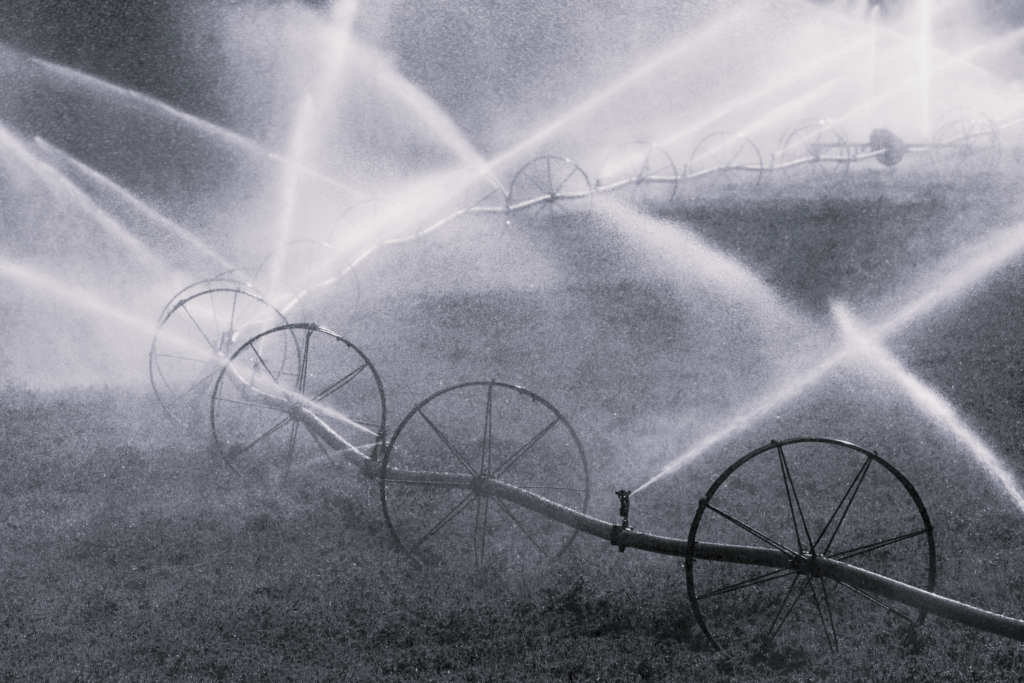 Corn, grown for animal feed and ethanol, is the second largest use of water. We export significant shares of both crops to support factory farming overseas, essentially selling our water at fire-sale prices.
Corn, grown for animal feed and ethanol, is the second largest use of water. We export significant shares of both crops to support factory farming overseas, essentially selling our water at fire-sale prices.
At some point – perhaps when enough residential wells run dry – some action will be taken. Humans will adapt or migrate. Diets may even change. Wild species, however, have much less ability to adapt. The outsized use of water for animal ag is not only killing them by shrinking their habitats and water supplies, much of the remaining water is damaged by pollution. And it’s likely that the greatest share of that pollution is from factory farming’s concentrated manure and the fertilizers and pesticides applied to feed crops.
By the time humans begin to ask the right questions and take steps to address them, how many species will have gone extinct? How many rivers and lakes will run dry? How much damage will be done to the natural systems that clean our water, support our food production, mitigate floods, and keep helpful and harmful plants, animals, and other organisms in some semblance of balance?
There are so many major negative externalities of industrial animal agriculture that some, like water usage, do not get the recognition they deserve. All these threats originate in the human arrogance and willful ignorance that allow us to dismiss the greatest perpetration of pain and suffering the earth has ever witnessed – the factory farming system. It’s not only the animals in the pens and crates and cages that are in pain, factory farming’s web of harms causes suffering throughout the natural world.
How do we justify these extraordinary costs for such meager returns?
For further info & references see: Feed Crop Water Usage and Animal Ag Water Use Pressure on Biodiversity
